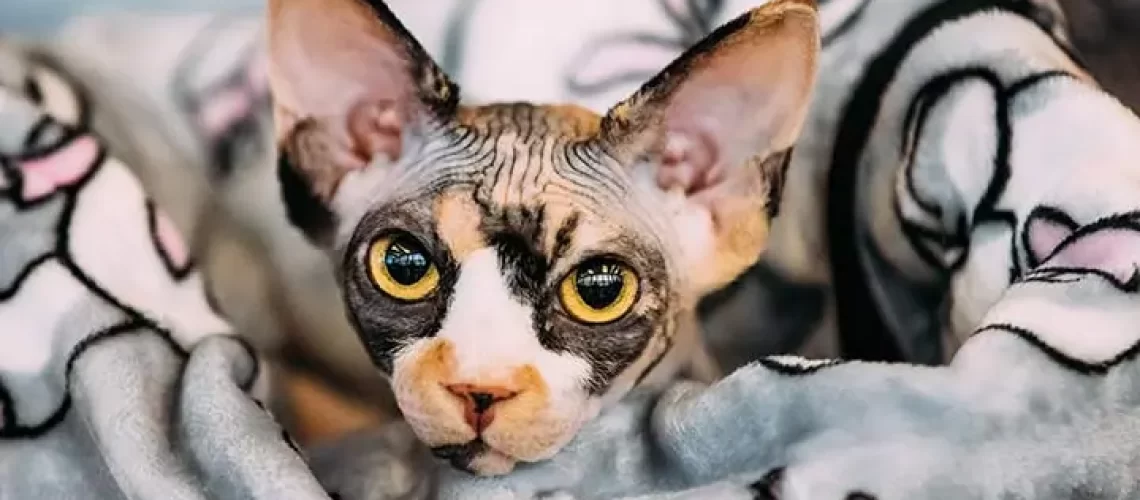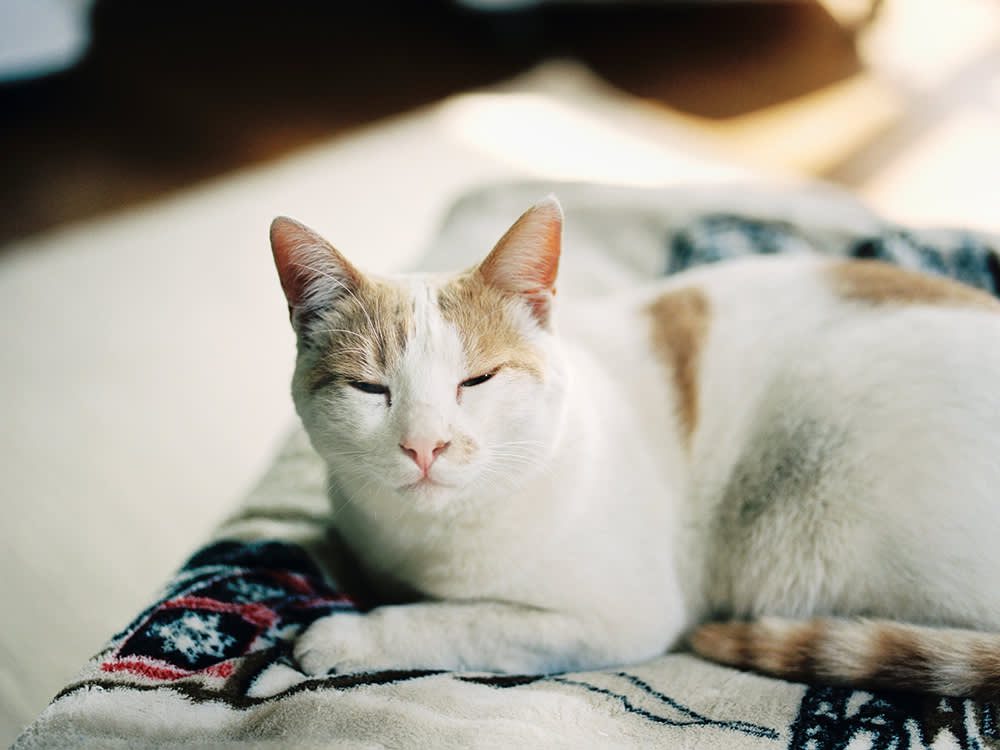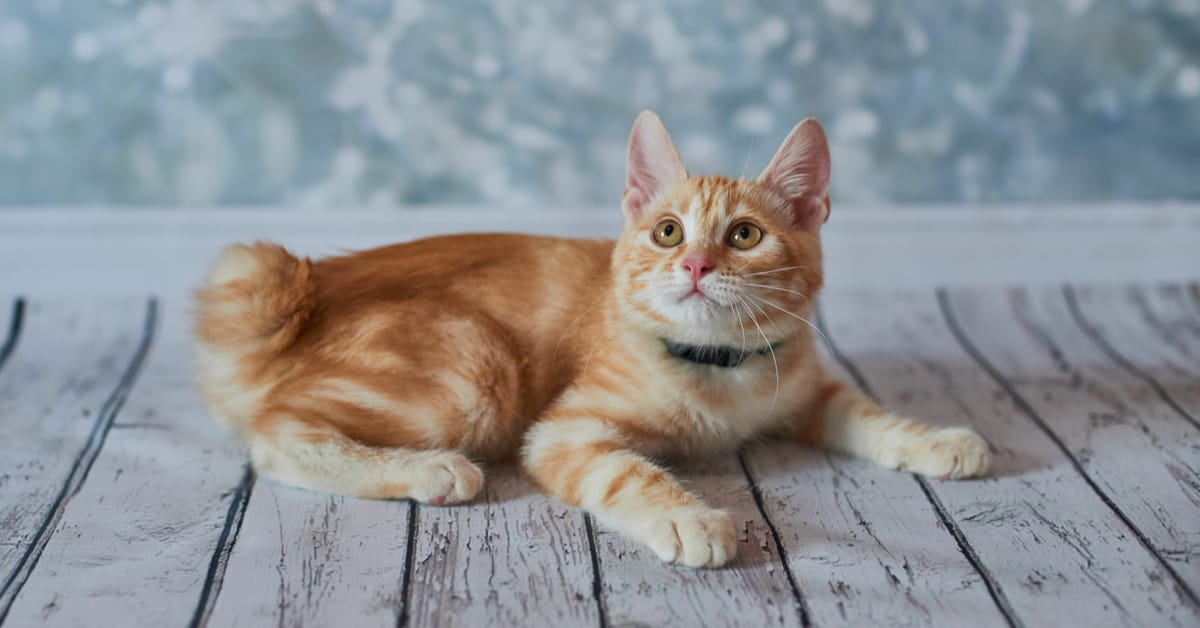Are you ready to unlock the secrets of the enchanting Sphynx cat breed? Delving into this subject is like discovering a hidden treasure chest filled with valuable insights and care tips. Whether you're a current Sphynx owner or simply fascinated by these unique feline companions, understanding their profile and care needs is essential for creating a harmonious bond. In this captivating exploration, we will dive deep into the world of Sphynx cats, unraveling their mysteries and uncovering the keys to their happiness and well-being. So, let's embark on this journey together and unveil the secrets of these captivating creatures!
Key Takeaways:
- Sphynx cats are known for their lack of fur, which makes them unique and distinctive.
- These cats have a high body temperature and need extra warmth to stay comfortable.
- Sphynx cats require regular bathing to keep their skin clean and free from oils.
- Due to their lack of fur, Sphynx cats are prone to sunburn and should be kept indoors or provided with sun protection when outside.
- Sphynx cats are social and affectionate, making them great companions for individuals or families looking for an interactive pet.
1. The Unique Sphynx Cat Breed: What Sets It Apart?
The Hairless Wonder
The Sphynx cat breed is known for its unique hairless appearance, making it stand out from other cats. Unlike most cats that have fur, the Sphynx has a thin layer of fuzz or may be completely bald. This lack of fur gives them a distinct and striking appearance that many people find fascinating.
While their hairlessness may make them look vulnerable, Sphynx cats actually have a warm and soft skin that feels like suede to the touch. Their skin is covered in fine hairs called "vellus hairs," which give them a velvety texture. Despite not having fur, they still come in various colors and patterns, just like other cat breeds.
A Personality That Shines
Aside from their unique appearance, Sphynx cats are also known for their charming personalities. They are friendly, affectionate, and love being the center of attention. These cats thrive on human companionship and enjoy cuddling with their owners.
Sphynx cats are highly social and get along well with other pets and children. They have an outgoing nature and love to explore their surroundings. They are curious creatures who will often follow their owners around the house to see what's going on.
2. The Origins of the Sphynx Cat Breed: Where Does It Come From?
An Unexpected Discovery
The origins of the Sphynx cat breed can be traced back to a natural genetic mutation that occurred in Toronto, Canada in 1966. A domestic shorthair cat named Elizabeth gave birth to a hairless kitten named Prune. This kitten had no fur but possessed a unique charm that caught the attention of cat lovers.
Prune's descendants were bred selectively to create a breed with the desired hairless trait. This involved carefully crossing them with other breeds, such as Devon Rex and American Shorthair cats. Through these breeding efforts, the Sphynx cat breed was established and recognized by cat associations in the 1980s.
A Global Phenomenon
Since their discovery, Sphynx cats have gained popularity worldwide. They are now bred by dedicated breeders in many countries, including the United States, Canada, Europe, and Australia. Their unique appearance and friendly nature have made them beloved pets for many cat enthusiasts.
The Sphynx breed has also inspired the development of other hairless breeds, such as the Bambino and Peterbald cats. These breeds share some similarities with the Sphynx but also have their own distinct characteristics.
3. Essential Care Tips for Owning a Sphynx Cat
Keeping Warm
Due to their lack of fur, Sphynx cats are more sensitive to temperature changes compared to other breeds. It is important to provide them with a warm environment to keep them comfortable. Make sure your home is adequately heated during colder months or consider providing your Sphynx with cozy blankets or heated beds.
Tips:
- Keep your home at a temperature between 70-80°F (21-27°C).
- Avoid exposing your Sphynx cat to cold drafts or air conditioning directly.
- Provide warm spots for your cat to snuggle up, such as heated pads or blankets.
Bathing and Skin Care
Since Sphynx cats don't have fur to absorb oils, they may need regular baths to keep their skin clean and healthy. Use a gentle, hypoallergenic cat shampoo and warm water to bathe your Sphynx. Be sure to dry them thoroughly after bathing to prevent them from getting chilled.
Tips:
- Bathe your Sphynx cat once every 1-2 weeks.
- Use a soft cloth or sponge to gently clean their skin.
- Apply a pet-safe moisturizer or oil recommended by your veterinarian to keep their skin hydrated.
4. Grooming a Sphynx Cat: How to Take Care of Their Furless Skin
Understanding the Unique Needs of Sphynx Cats
Sphynx cats are known for their lack of fur, which means they require special grooming care compared to other cat breeds. Without fur to protect their skin, Sphynx cats are more susceptible to sunburn, dryness, and dirt buildup. To keep their skin healthy and clean, regular bathing is essential. Use a gentle shampoo specifically formulated for cats and warm water to wash your Sphynx cat's body thoroughly. Be sure to rinse off all the shampoo residue as leaving it on can cause irritation.
Moisturizing Your Sphynx Cat's Skin
After bathing, it's crucial to moisturize your Sphynx cat's skin to prevent dryness and maintain its natural oils. Look for a hypoallergenic moisturizer that is safe for cats and apply it gently all over your cat's body. Pay extra attention to areas prone to dryness, such as the ears, paws, and tail. Regular moisturizing will help keep your Sphynx cat's skin soft and supple.
Tips for Nail Trimming
In addition to bathing and moisturizing, nail trimming is an important part of grooming your Sphynx cat. Their nails can grow long quickly and may become sharp or snag on things if not properly maintained. Use a pair of pet nail clippers designed for cats and trim just the pointed tip of each nail. Be cautious not to cut too close to the quick, which can cause bleeding and pain. If you're unsure about trimming your cat's nails yourself, consult with a veterinarian or professional groomer.
- Regular bathing with a gentle shampoo
- Moisturizing the skin with a hypoallergenic moisturizer
- Trimming the nails to prevent sharpness and snags
5. Health Concerns for Sphynx Cats: What You Should Know
Common Health Issues in Sphynx Cats
While Sphynx cats are generally healthy, they may be prone to certain health issues due to their unique genetic makeup and lack of fur. One common concern is sunburn, as their exposed skin is sensitive to UV rays. It's important to provide them with a safe indoor environment or use pet-safe sunscreen when taking them outside.
Evaluating Your Sphynx Cat's Diet
Proper nutrition plays a vital role in maintaining your Sphynx cat's overall health. Since they have a higher metabolic rate compared to other cats, they require a diet that is rich in protein and nutrients. Look for high-quality cat food specifically formulated for hairless breeds or consult with your veterinarian for dietary recommendations tailored to your cat's needs.
Preventive Measures for Dental Health
Sphynx cats are also prone to dental issues such as gum disease and tooth decay. Regular dental care is essential to prevent these problems. Brushing your cat's teeth regularly using a soft-bristled toothbrush and cat-friendly toothpaste can help maintain good oral hygiene. Additionally, providing dental treats or toys designed to promote chewing can help keep their teeth clean.
- Protecting from sunburn through indoor environment or pet-safe sunscreen
- Providing a diet rich in protein and nutrients
- Regular dental care including brushing teeth and providing dental treats
6. Sphynx Cats and Other Pets: Can They Get Along?
Introducing Your Sphynx Cat to Other Pets
If you have other pets at home and are considering getting a Sphynx cat, it's important to introduce them properly to ensure a harmonious living environment. Start by allowing your existing pets to become familiar with the scent of the new cat. Gradually introduce them in controlled environments, such as separate rooms, and observe their behavior. Provide positive reinforcement and rewards for calm and friendly interactions.
Creating a Safe Space for All Pets
To promote peaceful coexistence between your Sphynx cat and other pets, it's essential to create a safe space where each animal can retreat when needed. This can be achieved by providing separate feeding areas, litter boxes, and resting spots for each pet. Additionally, make sure there are plenty of toys and enrichment activities available to keep all pets mentally stimulated.
Monitoring Interactions
Even after successful introductions, it's important to monitor the interactions between your Sphynx cat and other pets. Some cats may take longer to adjust or may not get along well with certain animals. If any signs of aggression or stress are observed, consult with a professional animal behaviorist who can provide guidance on how to address the situation.
- Proper introduction of new pets through scent familiarity and controlled environments
- Creating separate spaces for each pet's needs
- Monitoring interactions for signs of aggression or stress
7. Creating an Ideal Home Environment for Your Sphynx Cat's Needs
Providing Adequate Warmth
Due to their lack of fur, Sphynx cats are more sensitive to temperature changes than other breeds. Ensure that your home is kept at a comfortable temperature range between 75-80°F (24-27°C). Provide cozy bedding options such as heated blankets or beds specifically designed for hairless cats.
Ensuring Mental Stimulation
Sphynx cats are highly intelligent and curious creatures, so it's important to provide them with mental stimulation to prevent boredom. Interactive toys, puzzle feeders, and scratching posts can help keep them entertained and engaged. Consider setting up climbing structures or perches to satisfy their natural instinct to explore vertical spaces.
Creating a Safe Outdoor Space
While Sphynx cats are primarily indoor pets, some may enjoy supervised outdoor time. If you choose to let your cat outside, ensure that the area is securely enclosed to prevent escape or exposure to potential dangers. Use cat-friendly plants in the outdoor space and regularly check for any toxic substances that could harm your cat.
- Maintaining a comfortable temperature range in the home
- Providing mental stimulation through interactive toys and climbing structures
- Creating a secure outdoor space if allowing supervised outdoor time
In conclusion, the Sphynx cat is a unique breed known for its hairless appearance and friendly nature. Taking care of a Sphynx involves regular bathing, ear cleaning, and providing warmth. If you're looking for an affectionate and low-maintenance pet, the Sphynx might be the perfect choice for you!
Is sphynx cat high-maintenance?
Sphynx cats, despite being hairless, require a significant amount of grooming and maintenance due to their high oil production. Their lack of hair means that the oil builds up on their skin, leaving it greasy.
How do I bond with my sphynx cat?
The real magic happens when you set aside time every day to play and interact with your Sphynx cat. Whether you're playing with a toy or playing a game of hide-and-seek, these special moments strengthen the bond between you and your beloved pet while also promoting their health and fitness.
How often do you have to bathe a sphynx cat?
Bathing is not necessary for cats with fur unless they have an unpleasant odor or it is recommended by a veterinarian. However, Sphynx cats, which do not have fur, require more care. They should be bathed once a week using warm water and hypoallergenic shampoo to remove excess natural oils and prevent blackheads and acne.
Why do Sphynx cats need to be bathed so often?
One important aspect of caring for a sphynx cat is the need for regular bathing. While fur typically helps to remove oils and sweat from the skin of other animals, sphynx cats lack fur and have excessively oily and sweaty skin. As a result, this breed requires weekly baths to ensure their skin remains healthy and clean.
Do Sphynx cats smell?
Sphynx cats are known for having a slight odor, even when they are clean. They may emit an earthy smell that is distinct to their breed. The smell is usually a sign that they require a bath, as bacteria and yeast can accumulate on their skin.
Do Sphynx cats leave hair?
Even though Sphynx cats don't have fur to shed or groom, they still require maintenance. Without fur, their body oils accumulate on their skin, which means they typically need to be bathed regularly, typically once a week or every two weeks.

















